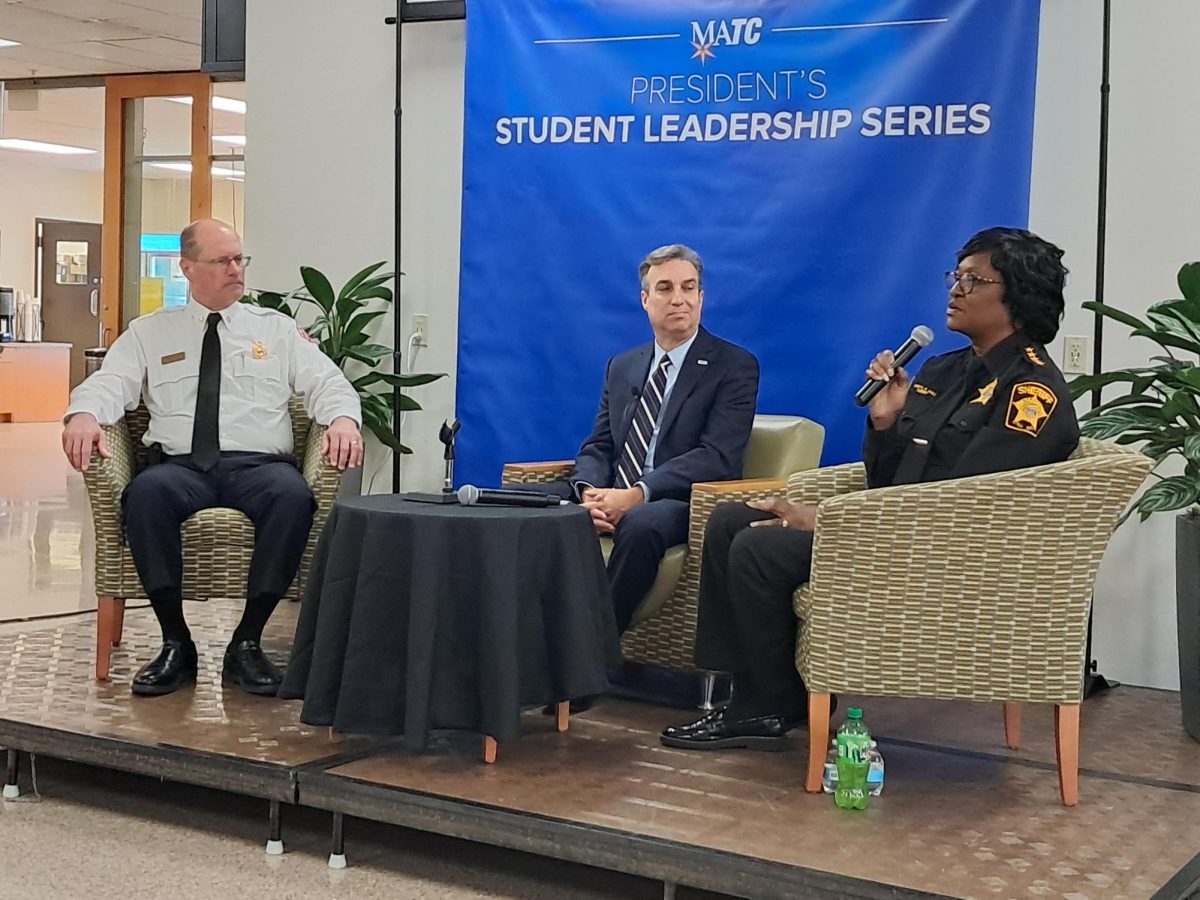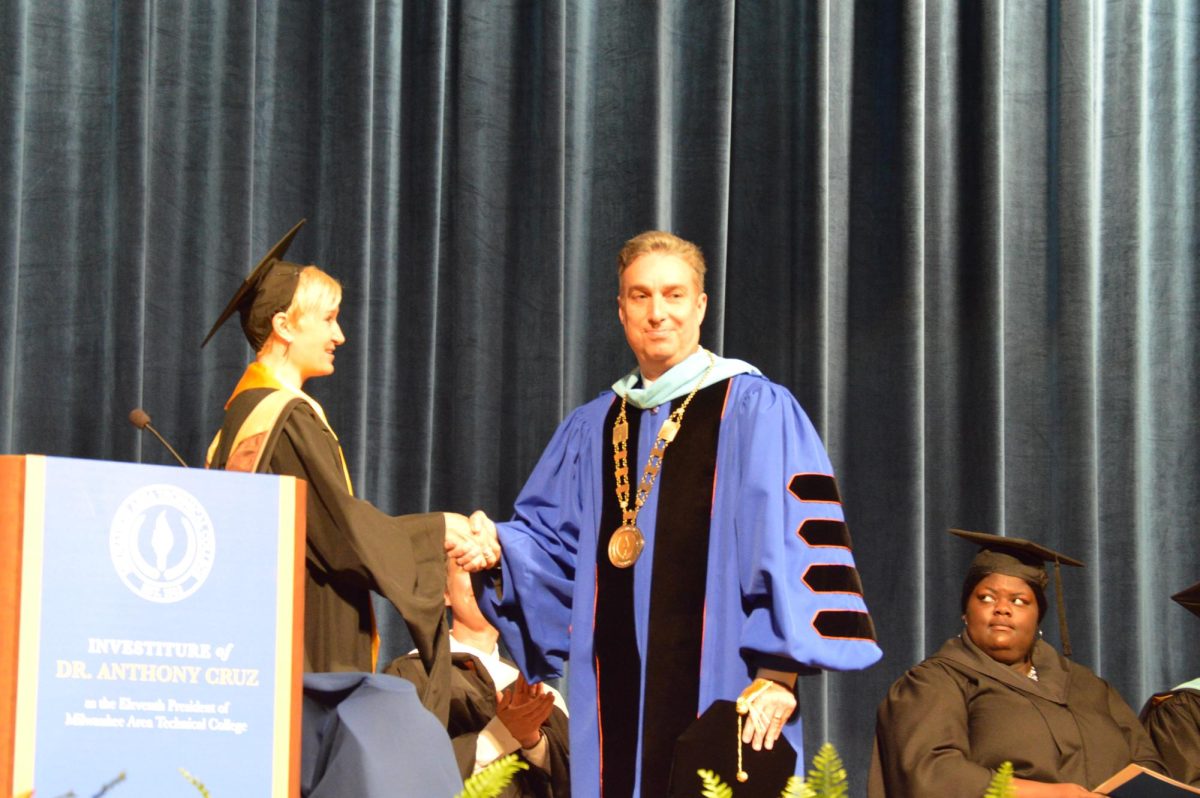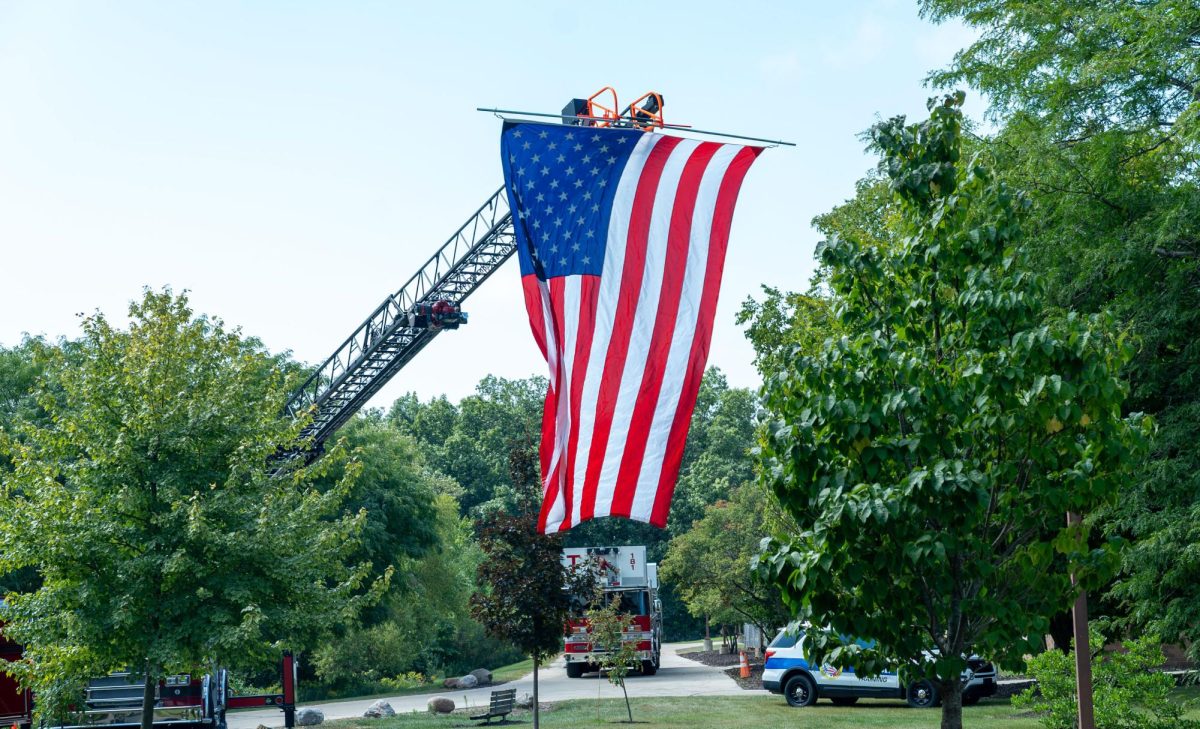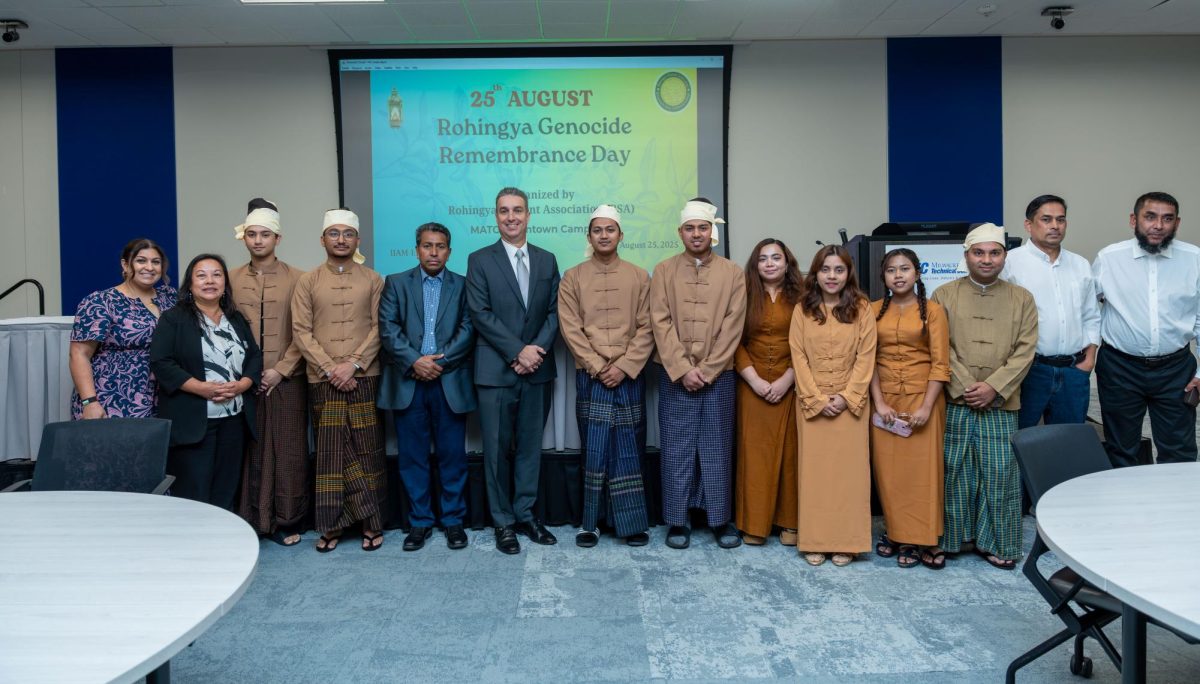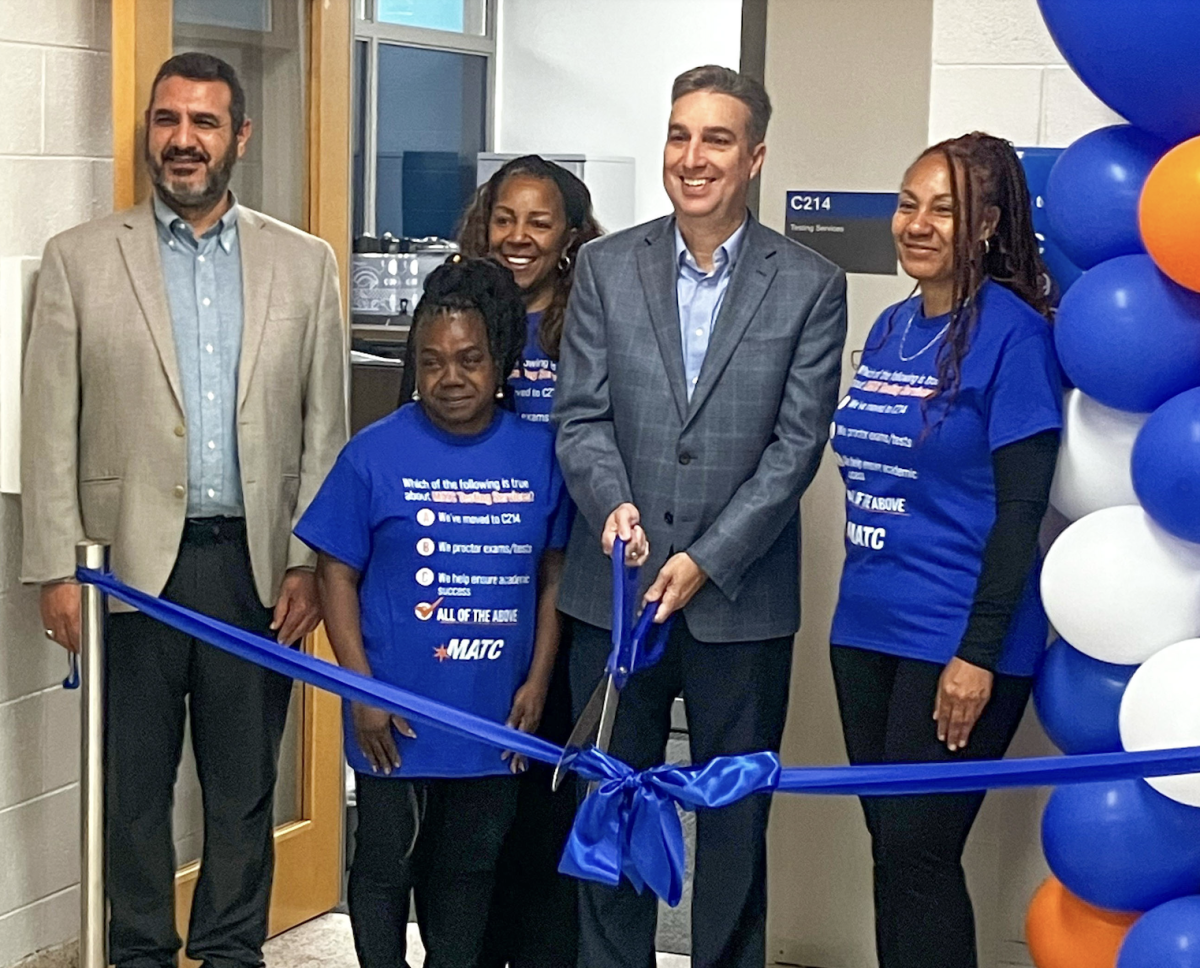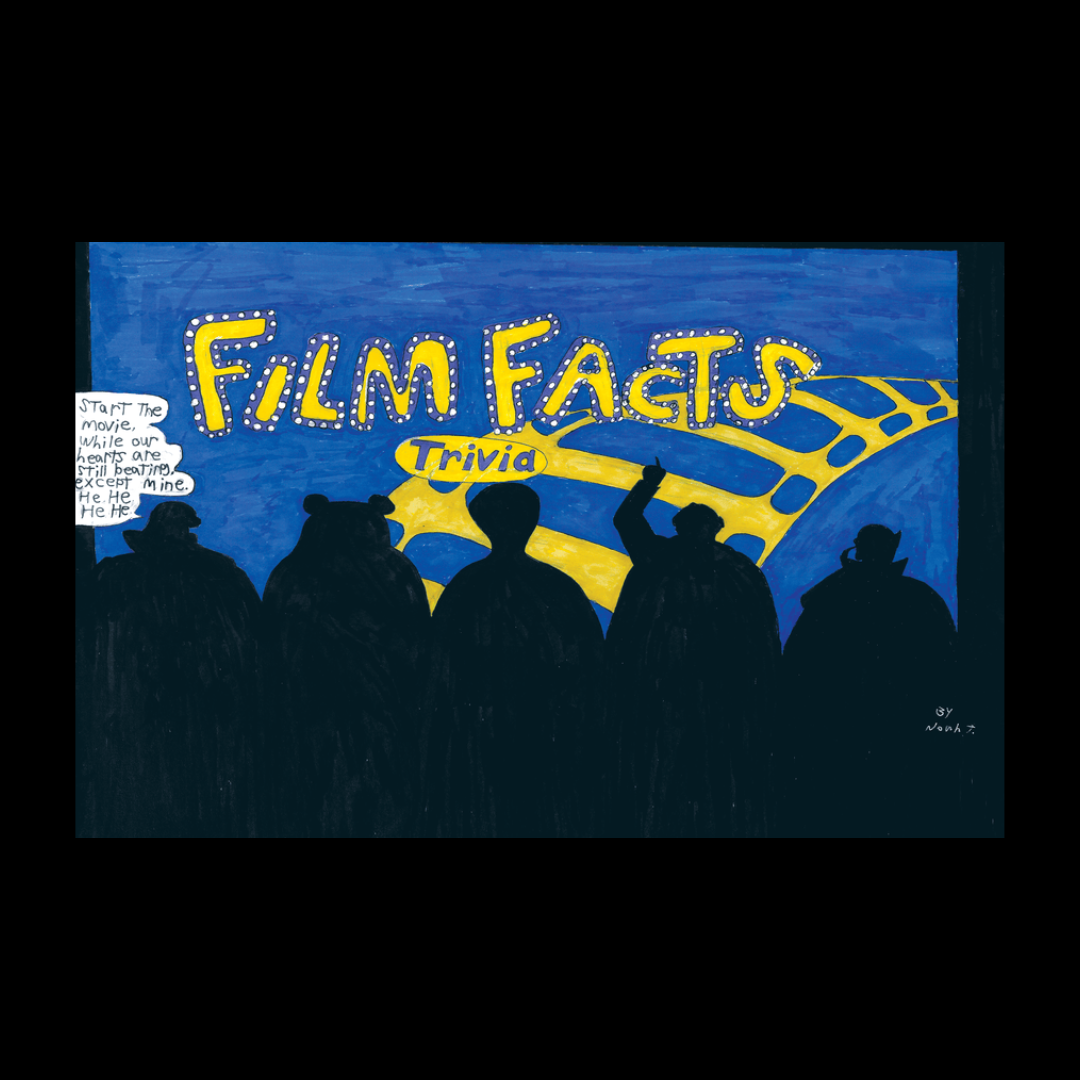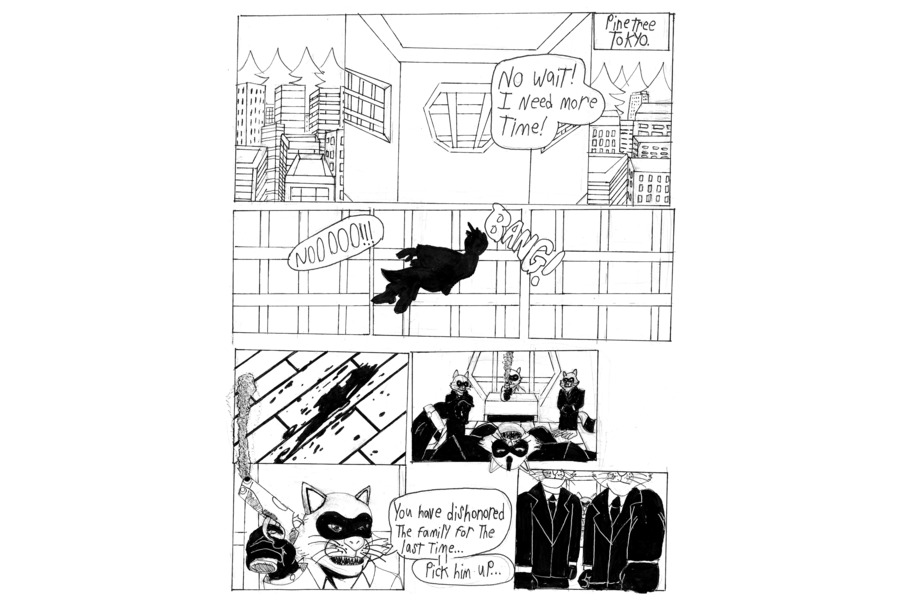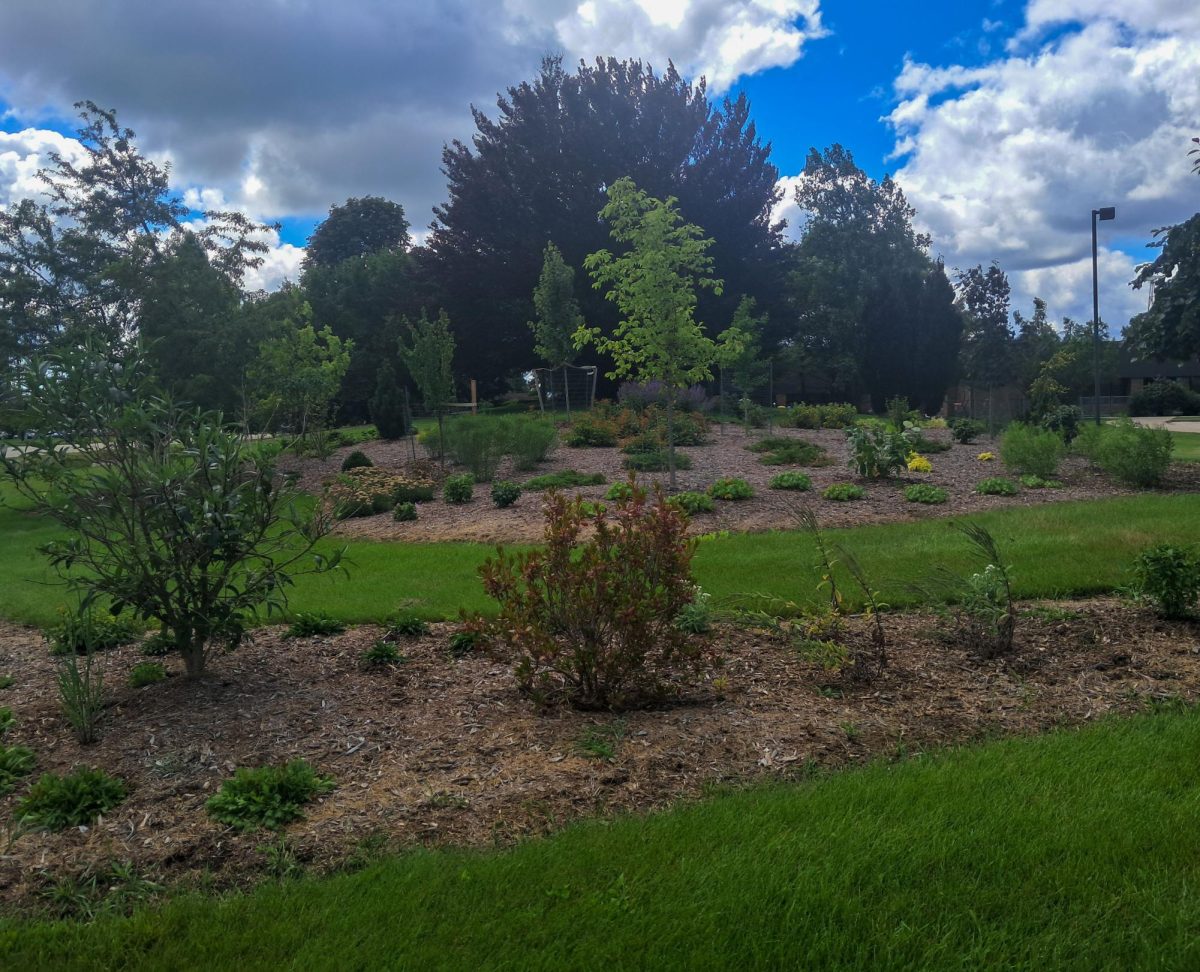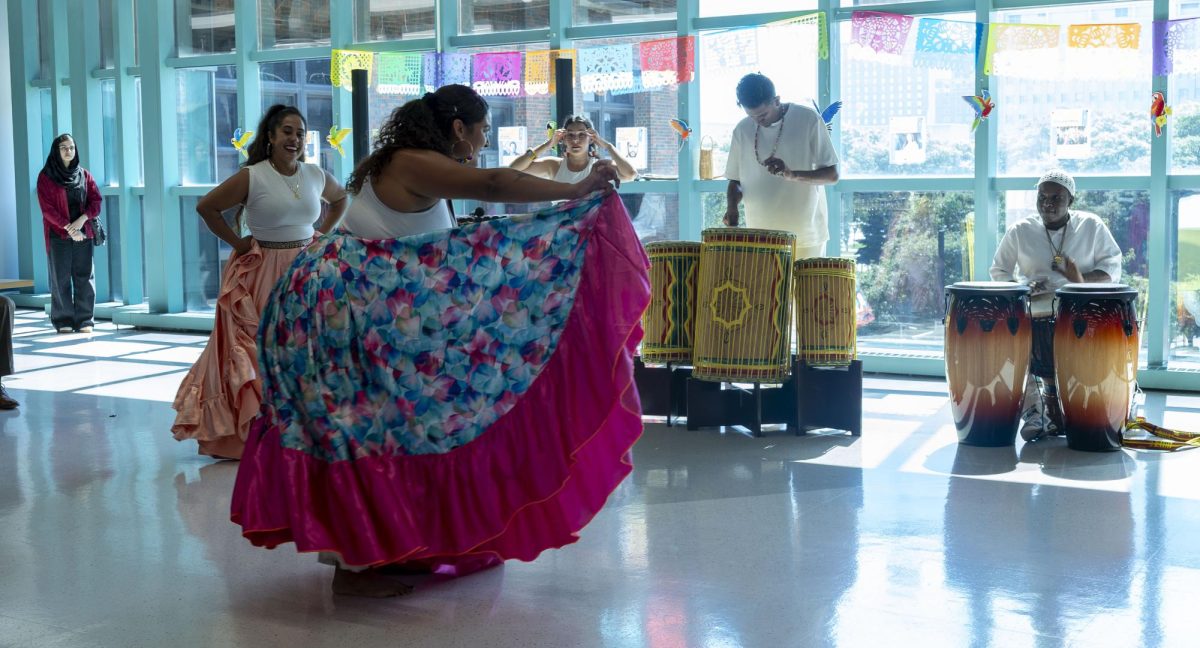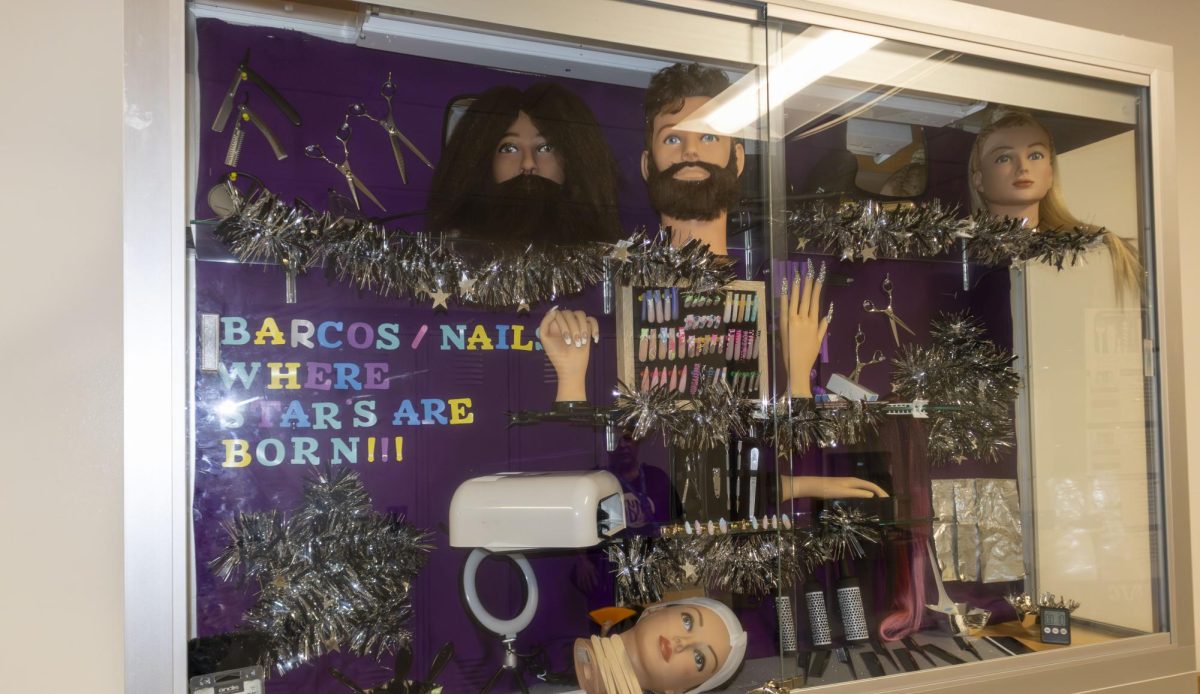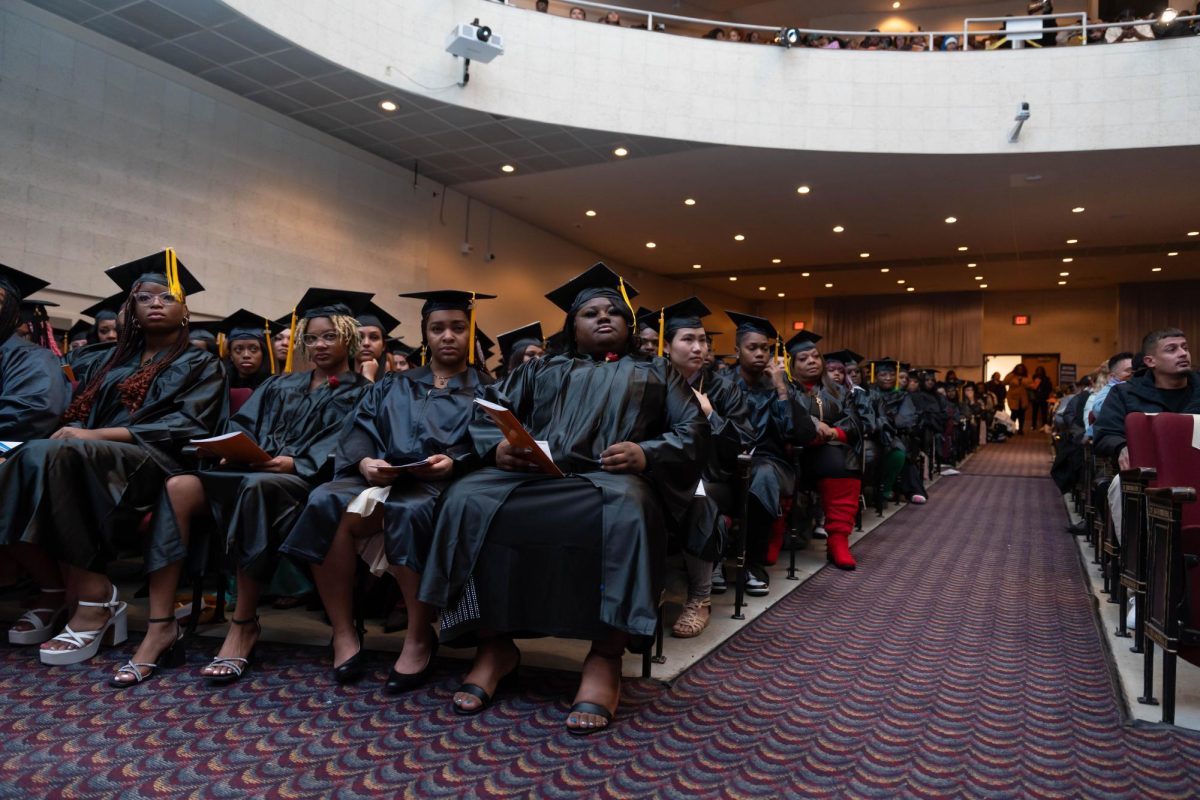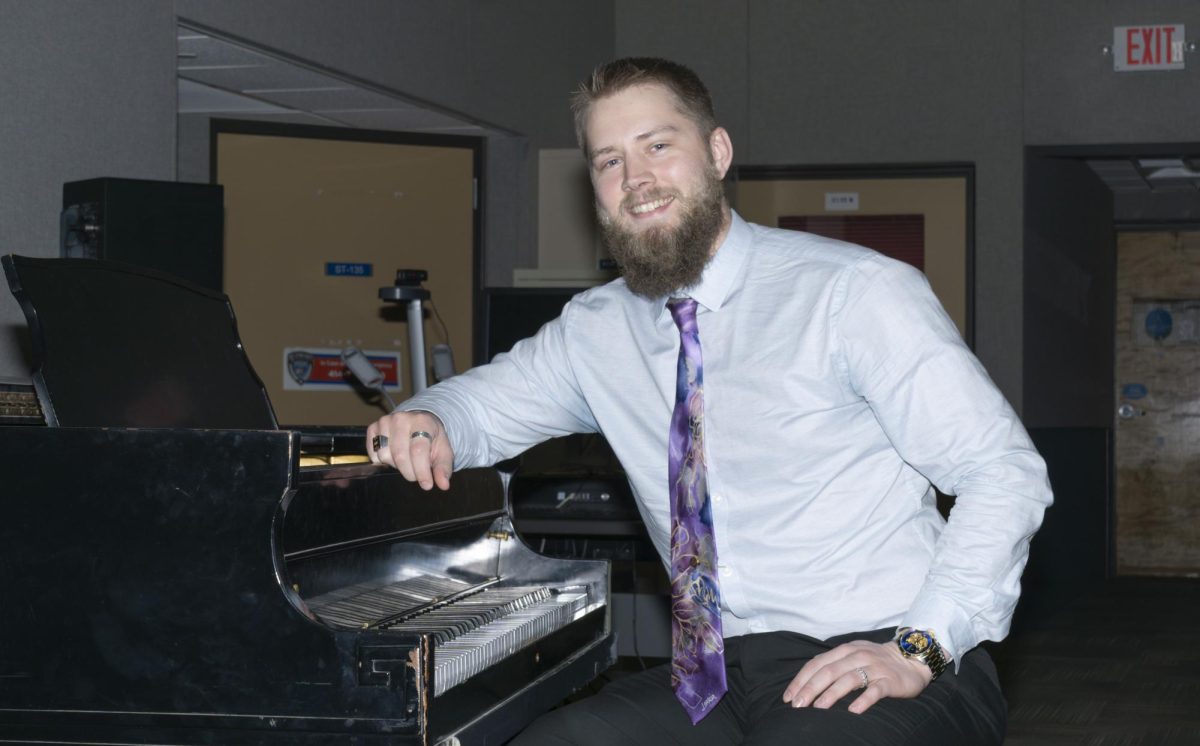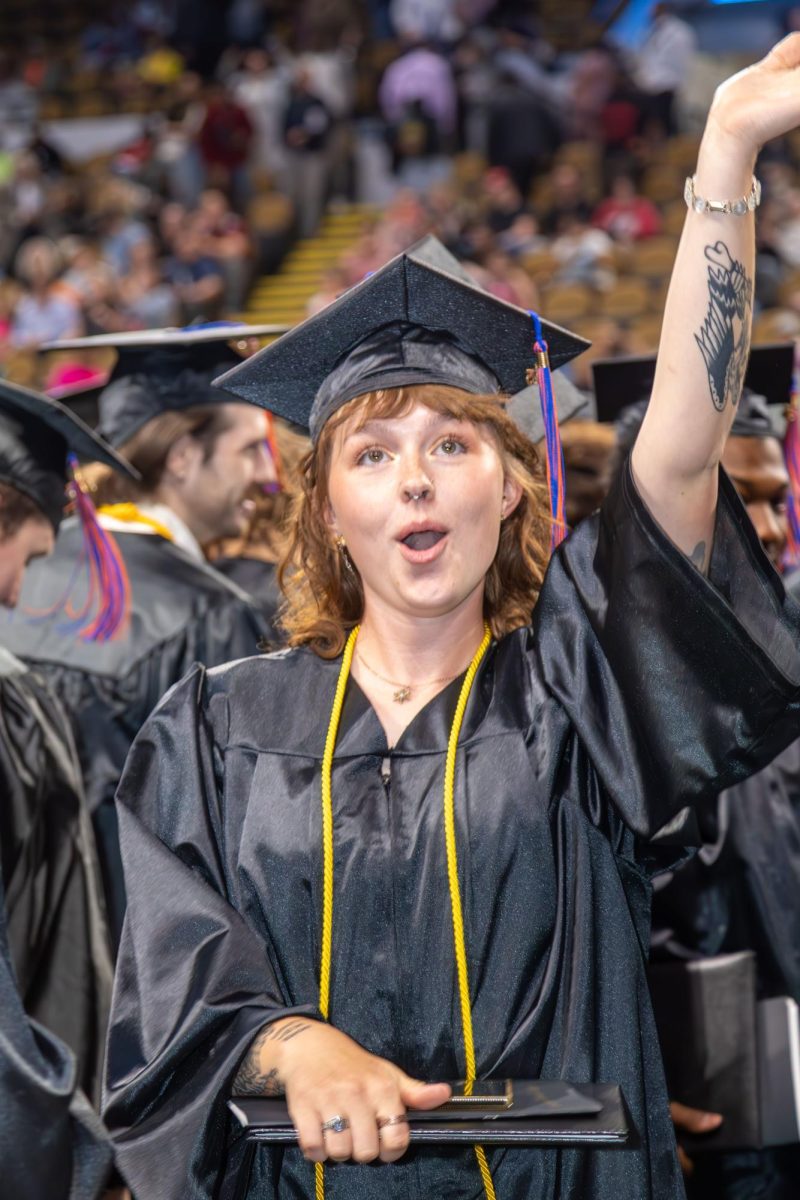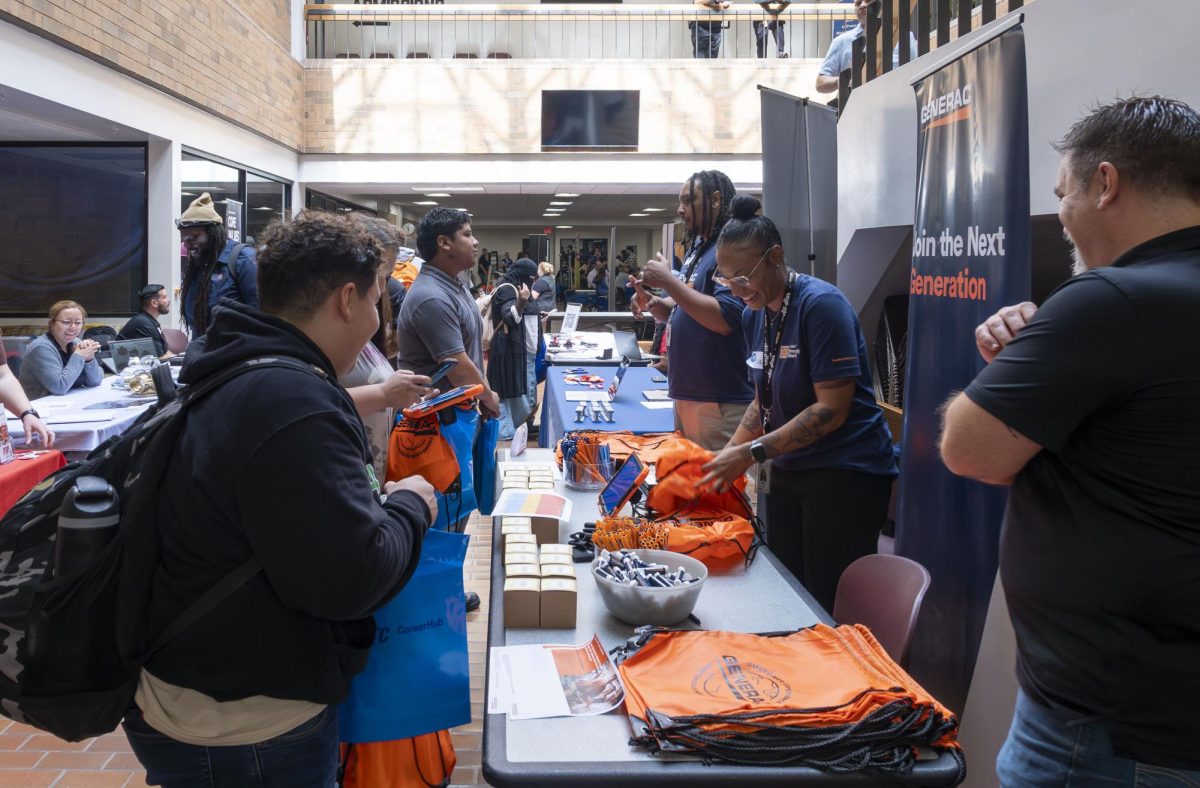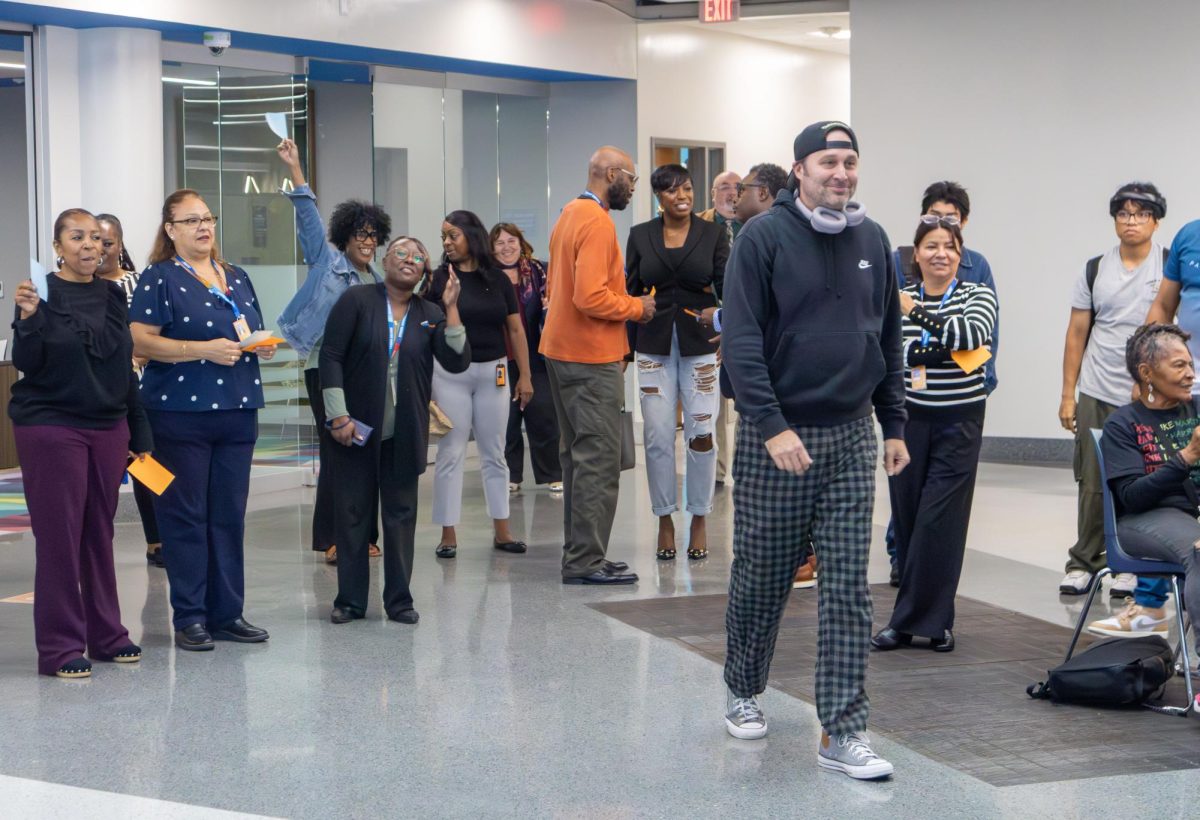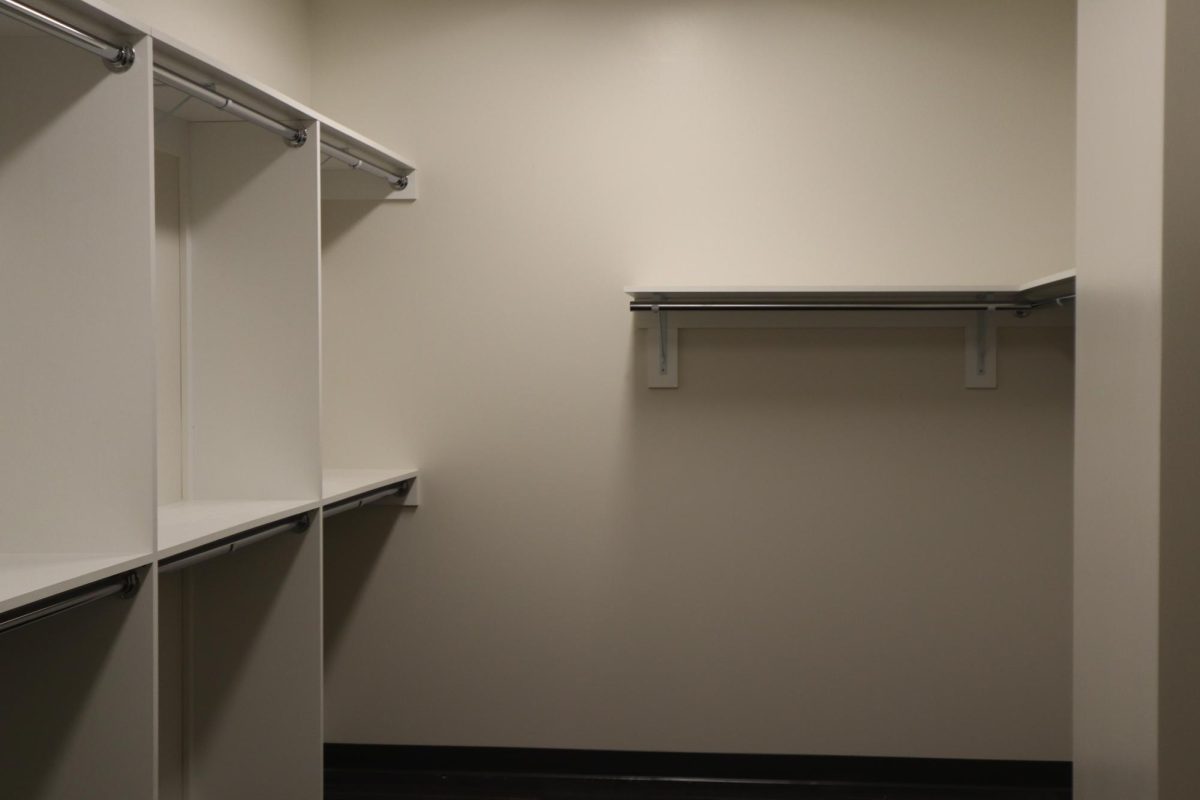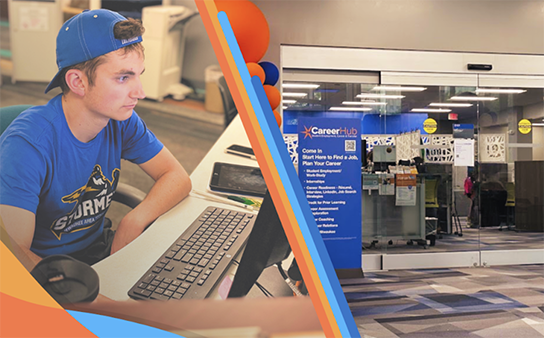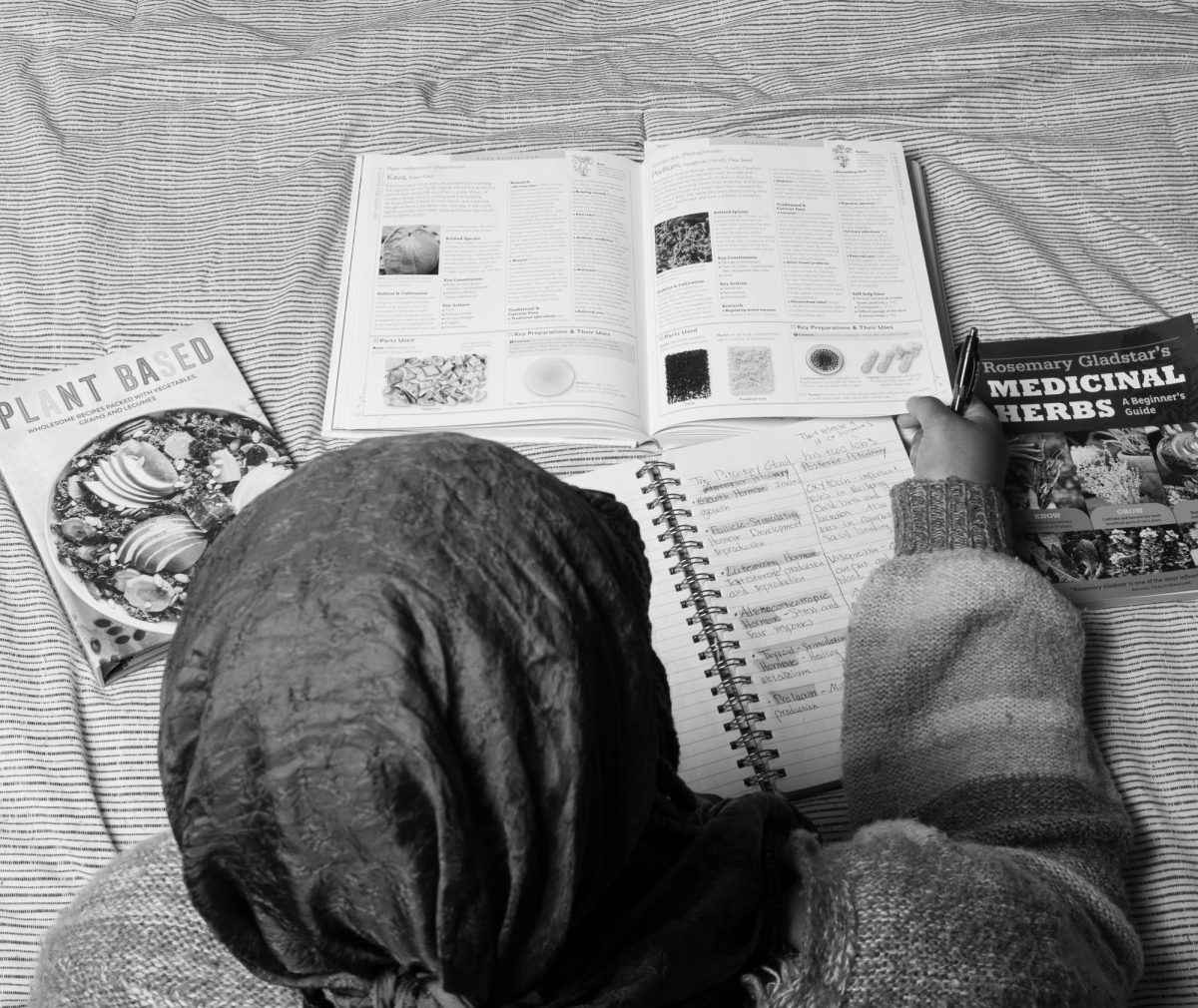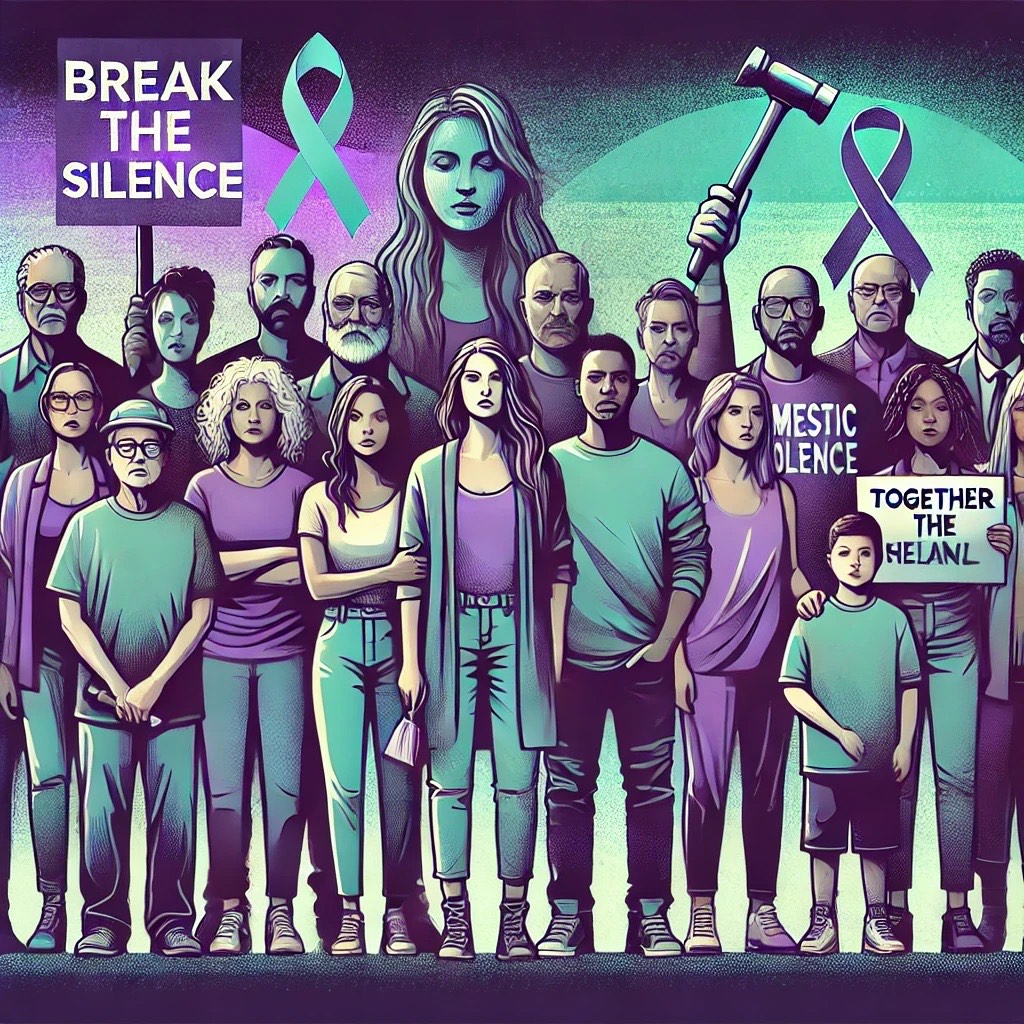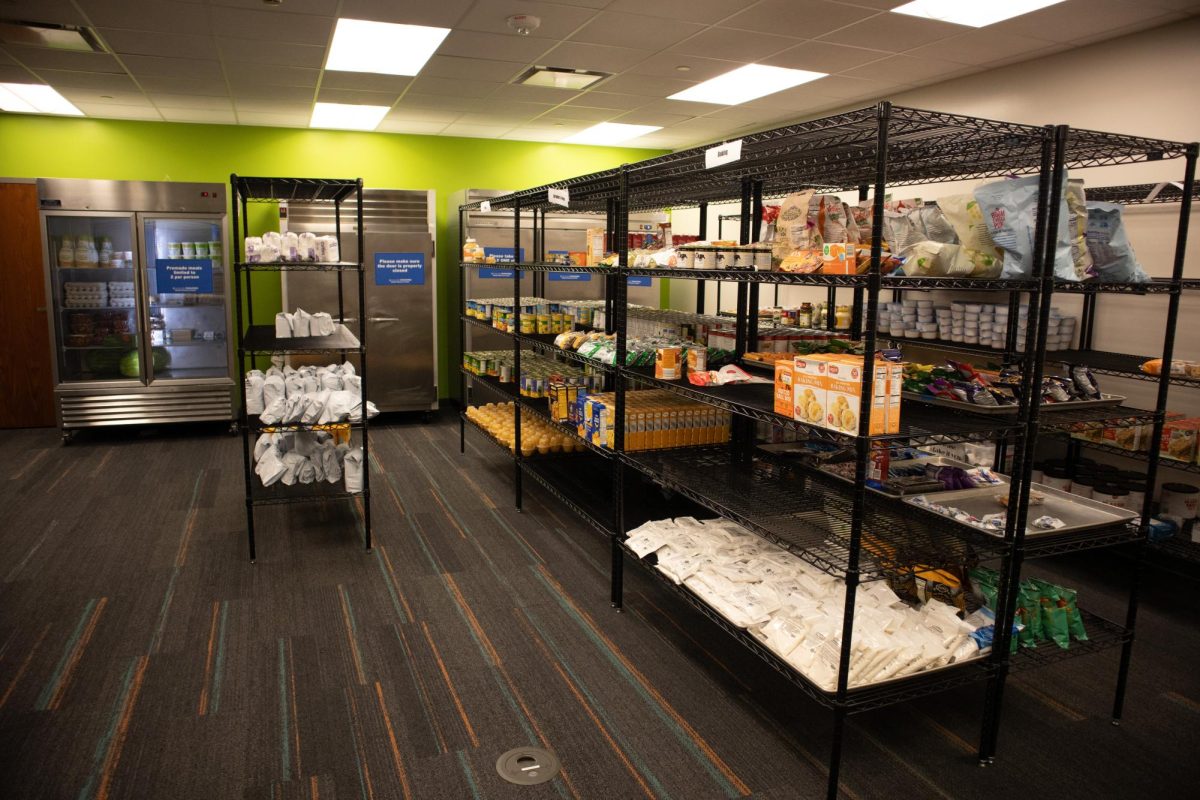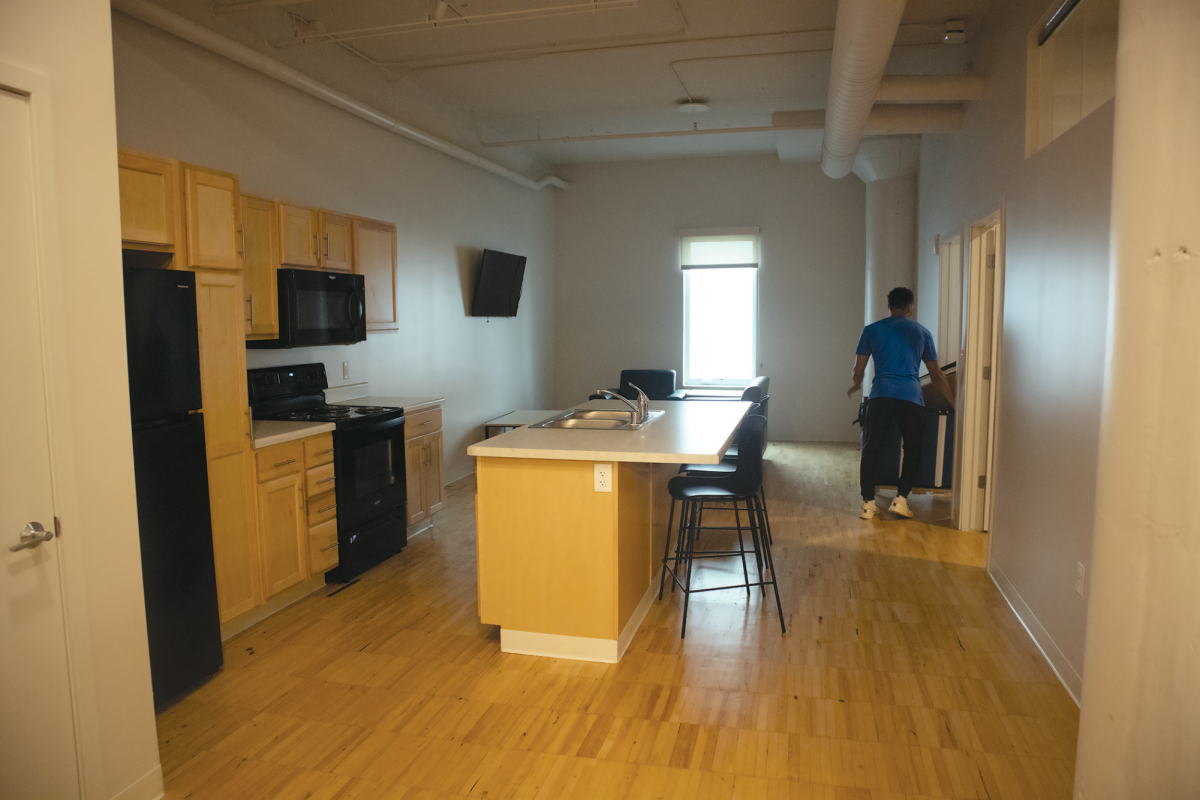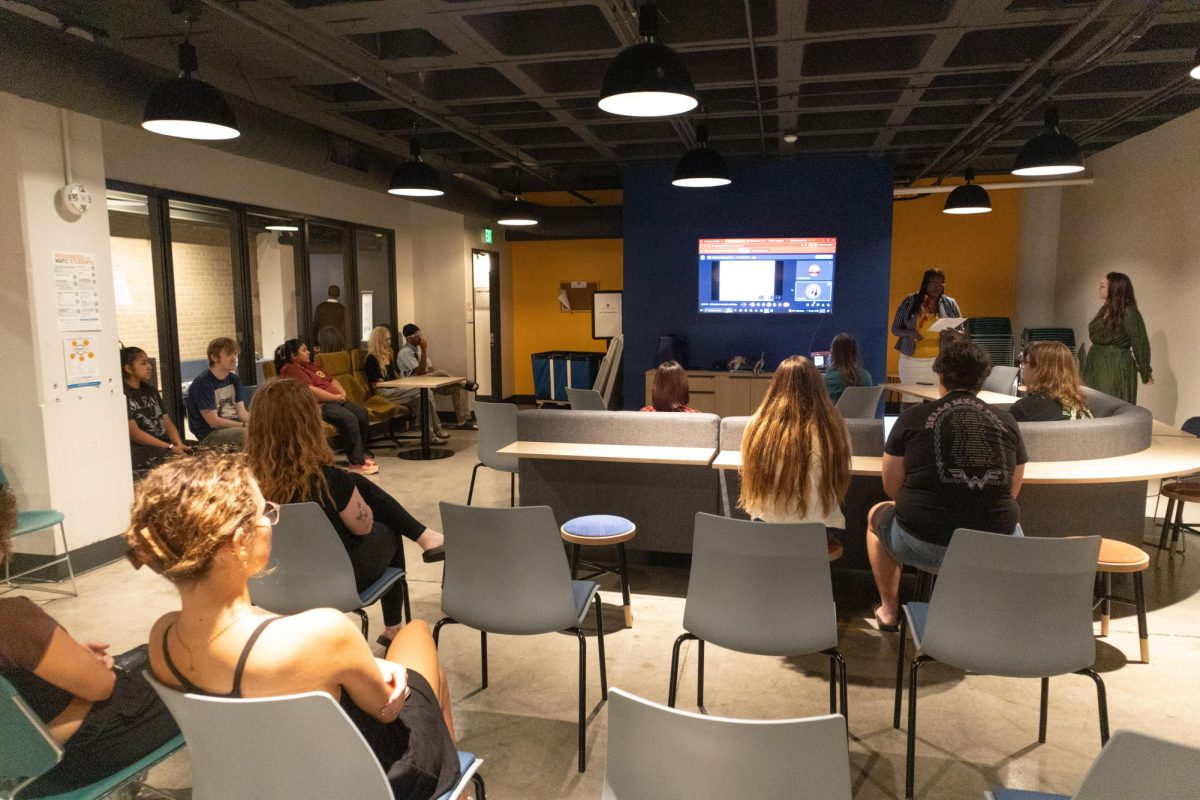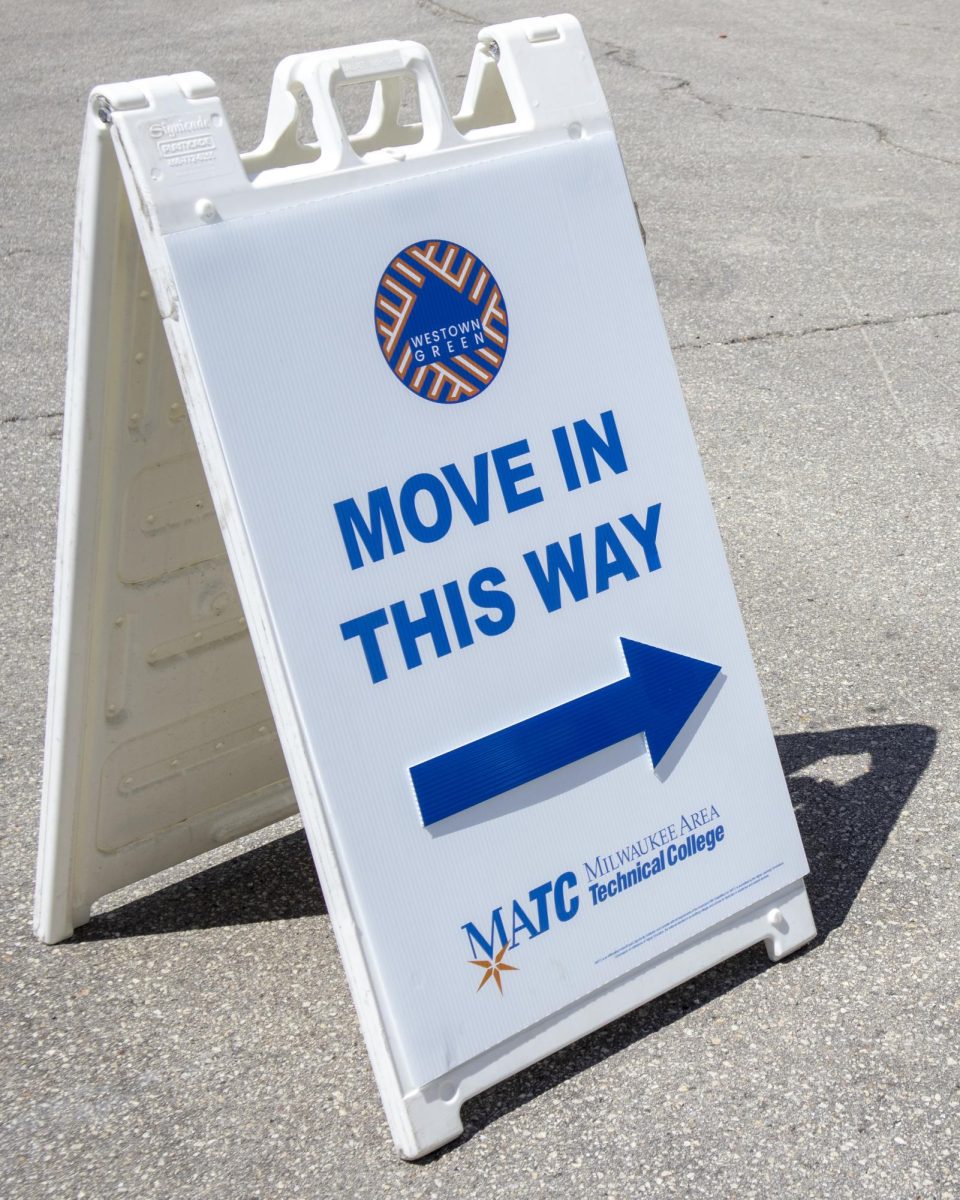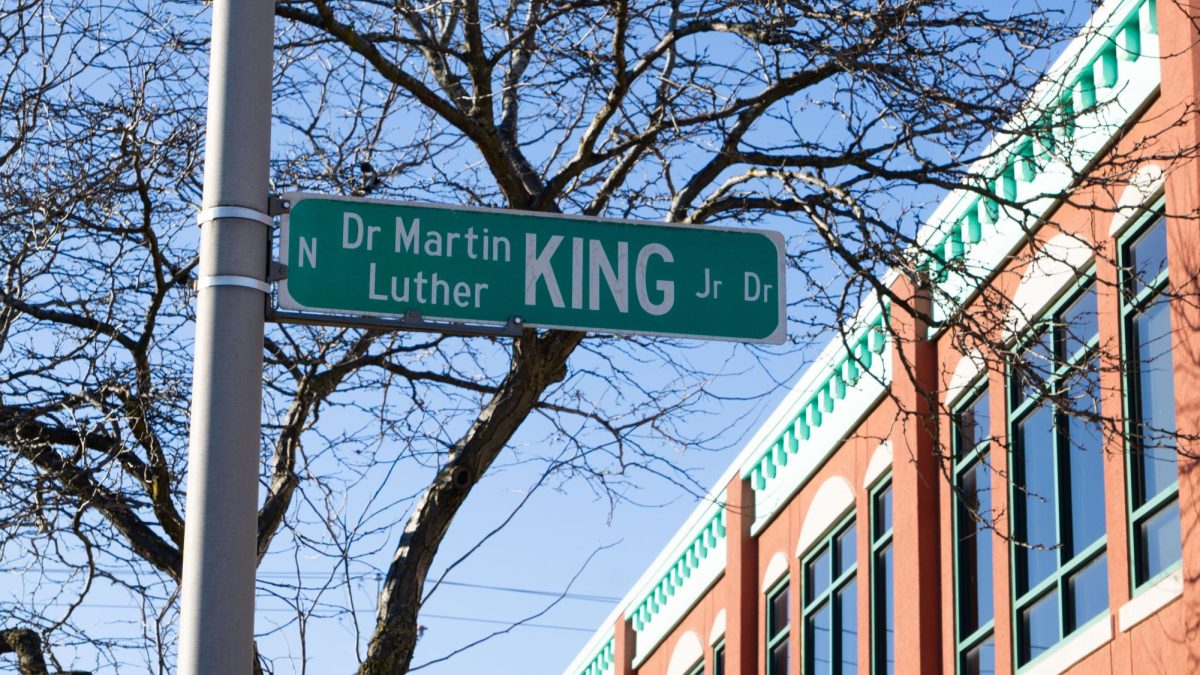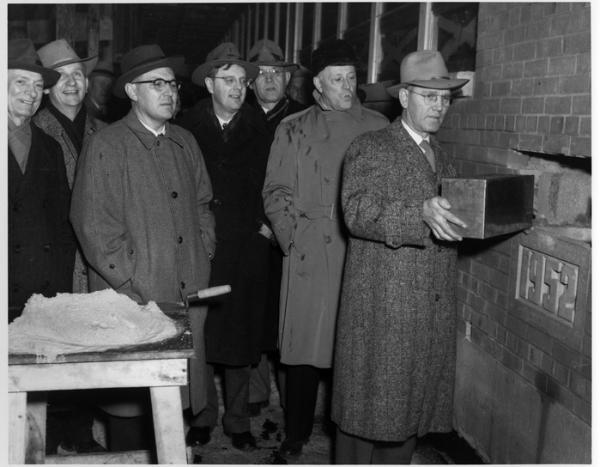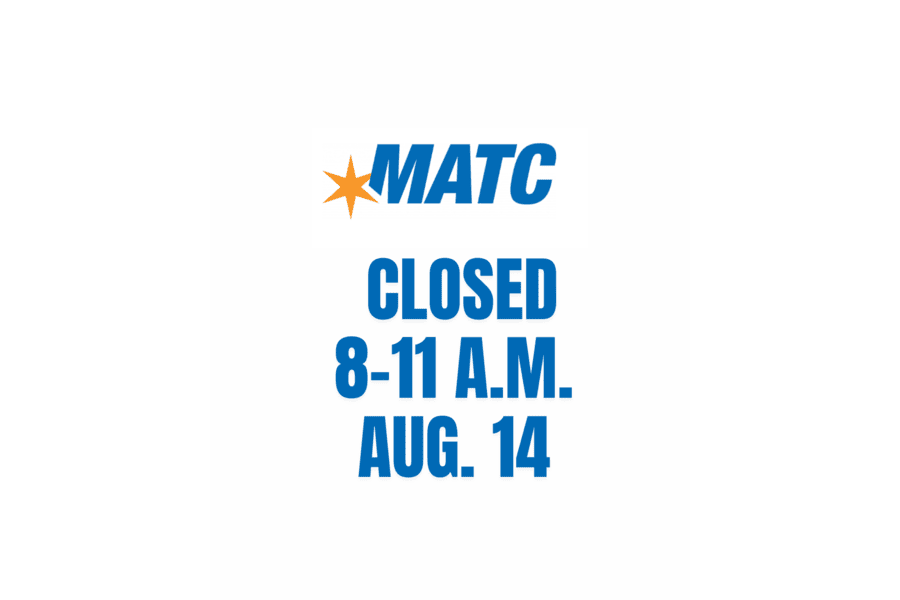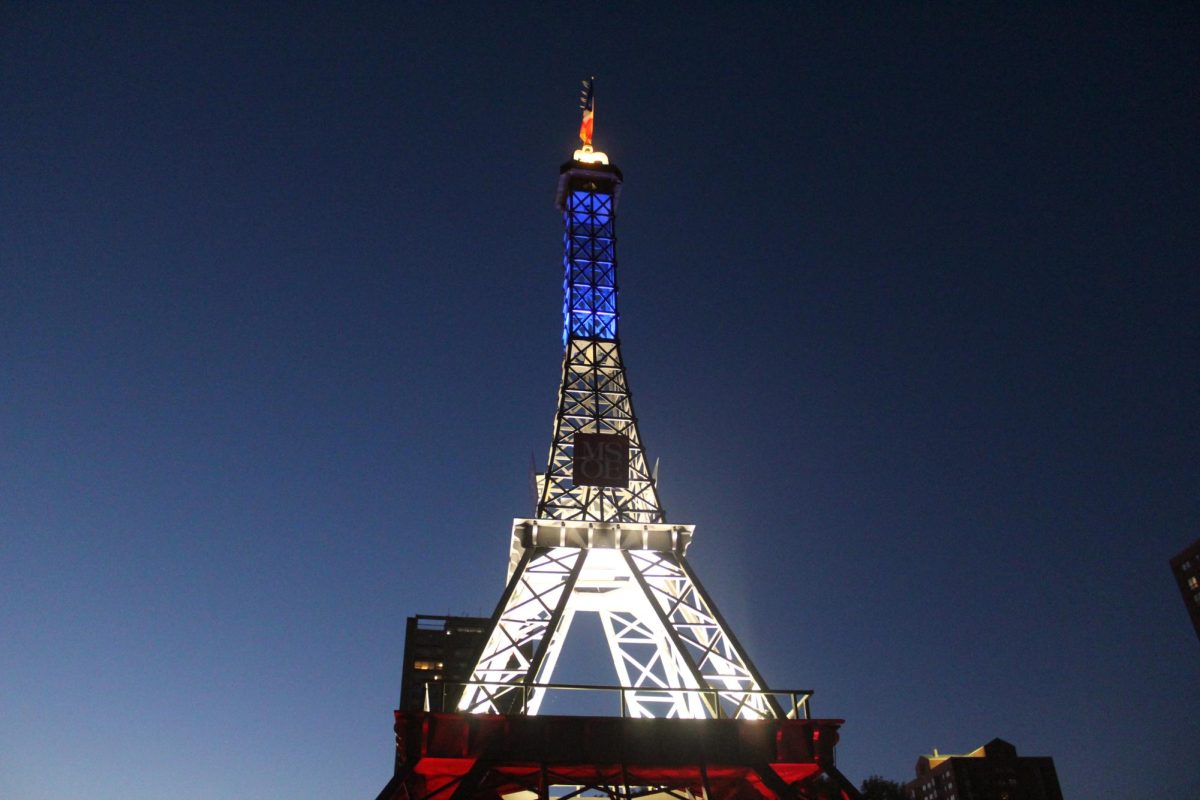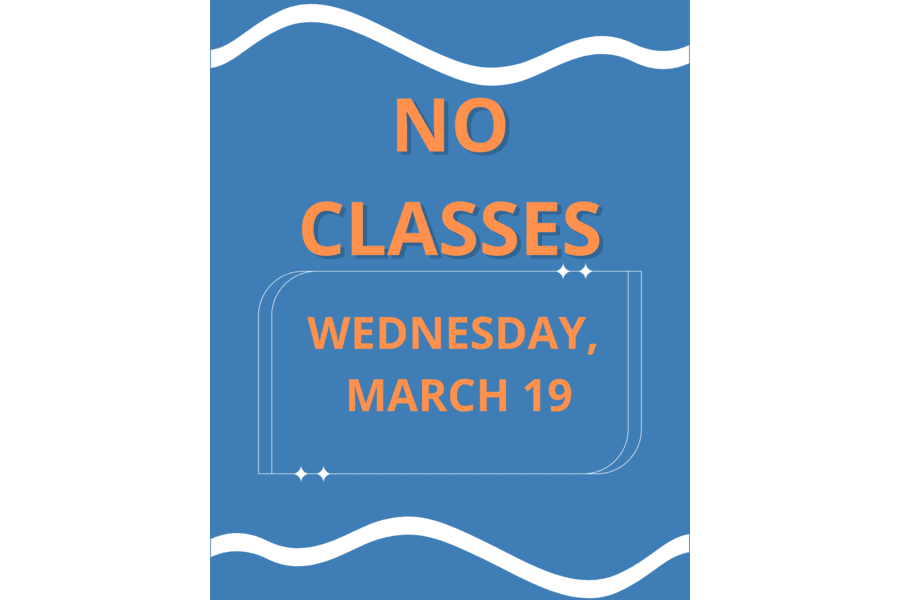To better understand our present and future, we as a college may have to first review our past. Rethinking the definition of a city for archaeologists may also apply to MATC.Demographics and functionality are the basic guidelines that apply to most regions (except places like ancient Mesoamerica and a few others).
Cities change along with social complexities and social urbanization. Societies’ transformations are never-ending processes, which develop our social norms and skills.
This also applies to our educational process. We enter our school as hunter-gatherers, grabbing courses to feed the brain and further our existence.
The demographics and technology in our society seems to dictate what a school brings to the table for students. In considering the real quality and effects of core abilities, it may also be necessary to view the reverse effects.
An overview of MATC’s 100-year history and the impression it has made on industry and technology is living proof.
The early years
In 1912 MATC, then Milwaukee Vocational School (MVS), in part became an institution as an answer to the oppression on children in the workplace.
Employers were forced to release children to attend school or learn a vocation. MVS made a serious change in our society that year.
Family life saw an educational answer to present social conditions which most likely irritated some unethical employers at the time.
As time progressed, the view of a woman’s role in society also changed and so did our school courses.
Women were finally given a chance to use new skills and explore their own hidden creativity besides dressmaking. Once again MVS made changes in curriculum to adapt to the needs in our society.
Our school changed again, becoming a junior college during the Great Depression. Society in Milwaukee and surrounding areas also changed due to our programs being offered.
World War!
The war years also brought a different kind of change. The Second World War became a gathering place for students and the general public at MVS.
Our school became a massive training center, running programs day and night, Sunday through Saturday. Materials like silk stockings and aluminum were brought to MVS as a dropping point for the war effort.
The late 1940s saw the trades falling victim to technology. Once again, now Milwaukee Vocational and Adult School (MVAS) made changes to programs catering to the needs of adult students.
By 1951 we changed our
name to Milwaukee Institute of Technology (MIT) in order to adapt to new technical programs in demand. As a college we are very fortunate to have the first educational television station in Wisconsin.
There was some fear and debate in Milwaukee society about letting Channels 10 & 36 operate. Some of this was due to the position the Hearst Corporation was taking since the death of Randolph Hearst on August 14, 1951.
The Hearst Corp. even fought against Rock ‘n’ Roll. After successfully getting the station license in 1952, MIT had another educational program to consider for students.
Protesting the War
The late 1960s and 1970s invited many speakers and marchers to our college. Leonard Nimoy (Spock from Star Trek) spoke in the basement of the Main Building, which used to be the cafeteria, regarding his position on the Vietnam War.
War protest broke extensively around MIT (MATC) with some crowds forming in the hallways, breaking doors and windows of the classrooms. Even some of the fraternity and sorority groups present at MIT fought back against protesters. This put a big strain on MIT security.
By this time, leading into the 1980s and beyond, the minority population had the biggest effect on our school courses. Black history courses developed and the Hispanic population brought new ideas for programs as well as public television programs. The ADA (American Disabilities Act) became reevaluated at our college.
Technology – Winds of change
Technology changed many things. This is not only a challenge for our college in choosing curriculum, but also a major decision on how we affect our position in the work place.
MATC is a leader in energy and environmentally-conscious educational instruction. We have many great instructors who are highly accredited and have expanded many new programs as ECAM, Natural Science, GIS technology and much more.
Now that our 100-year anniversary is approaching, it’s time to look at what we were and have done in order to plan the future. Our past helps us learn the future.
We as a college not only educate society, but also change it. MATC is a driving force in our society, giving many students a great start who may not ever have another opportunity.
The sensitivity to providing to students is not only important, but also makes up who we are. There is no doubt MATC has changed society, not only in Wisconsin, but way beyond our
borders.
The next 100 years at our school will most likely open new doors not yet imagined. This is our challenge and best of all, an exciting time for MATC and all the eager minds knocking at our doors.

